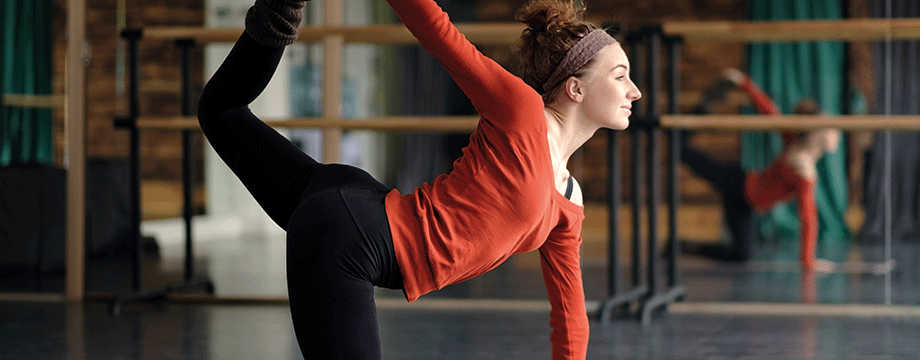Yoga time

From Vinyasa to Kundalini, there are many different styles of yoga to choose from, depending on your fitness and wellbeing goals. Stephanie Hazelwood asks, what’s your type?
Whether you’re desperate to chill or eager to sweat, let yoga be your answer. Many assume that yoga is just relaxation in downward dog but, actually, this couldn’t be further from the truth.
This multidimensional practice can offer your body whatever it needs at that given time. So, if you’re exploding with energy and up for a challenge or, if you’re stressed at work and struggling with sleep, there will be a type of yoga that fits the bill. Here, we take a look at several yoga types to show you just how varied and therefore beneficial it can be.
Vinyasa
Good for: Getting a sweat on and your heart rate pumping
Vinyasa yoga is all about pushing yourself to the limits, testing your strength, stamina and focus. This Western-inspired practice is the most common form of yoga available in the UK. Vinyasa yoga tends to be more choreographed, based on a routine of postures. If the pace is quick, it’s easy to find yourself dripping with sweat and eager to sit down. Alongside its fast tempo, you’ll find yourself challenging your core muscles and stimulating your pelvic floor.
Yin
Good for: Chilling out and letting go of your daily worries
Hectic day at work? Stressed about life? It’s time to book onto a yin yoga class. Usually lasting slightly longer than a Vinyasa class, yin classes test your ability to let go and relax. If you live a hectic life and feel like you are constantly on the go, a yin class is a great way of tuning out and letting the body catch up. Alongside its meditative qualities, yin yoga is super for developing flexibility. Through holding postures for 2–3 minutes each, you deepen the connective tissue between the muscles, leading to greater flexibility and elasticity. Since yin yoga focuses heavily on relaxing the body, teachers tend to incorporate aromatherapy such as lavender and deep meditative music to ease the process of winding down. After a yin class it’s likely that you will find yourself with more energy, strength and less restlessness.
Bikram
Good for: Detoxing the body
Prepare for hot temperatures and a lot of sweat! Bikram yoga is practised in heated conditions, designed to test your agility and to help detox the body. The high temperatures result in an increased heart rate and metabolism, therefore a burning of more calories. Classes are usually very physically challenging, so make sure that you always come and leave prepared. Try to avoid caffeine and large meals at least two hours before a class and afterwards. Also, ensure that you stay hydrated by drinking plenty of water. This is essential to ensure that your urinary and cardiovascular systems, as well as your metabolism, are working effectively.
Kundalini
Good for: Helping to develop your spirituality
Looking to explore your spiritual side? Kundalini yoga is the process of igniting energy and focusing on your internal self rather than your physical self. Considered one of the most comprehensive forms of all yoga, kundalini is said to be a metaphor which describes the potential energy that exists within us. Throughout a Kundalini class, the instructor will guide you through expanding your energy upwards, awakening your potential to connect to your higher self. This is achieved through a combination of breathing, physical and meditative practices. Whilst exploring your inner energy, you will also expand your lung capacity, helping to improve your memory and reduce stress.
Restorative
Good for: Nurturing both the body and the mind
This final form of yoga involves the perfect balance of meditation and physical practice. The aim of restorative yoga is to help to bring about physical and mental balance in order to prevent stress and anxiety. In these classes, the aim is to focus on finding whereabouts you hold stress in your body through holding poses for longer periods of time. You may use props to help you do this. Considered to be a form of healing, restorative yoga can help to challenge your body as much as your mind. Classes tend to end with meditation, helping to calm the mind.
Read previous Your Living articles here...
Read articles from our latest issue here...